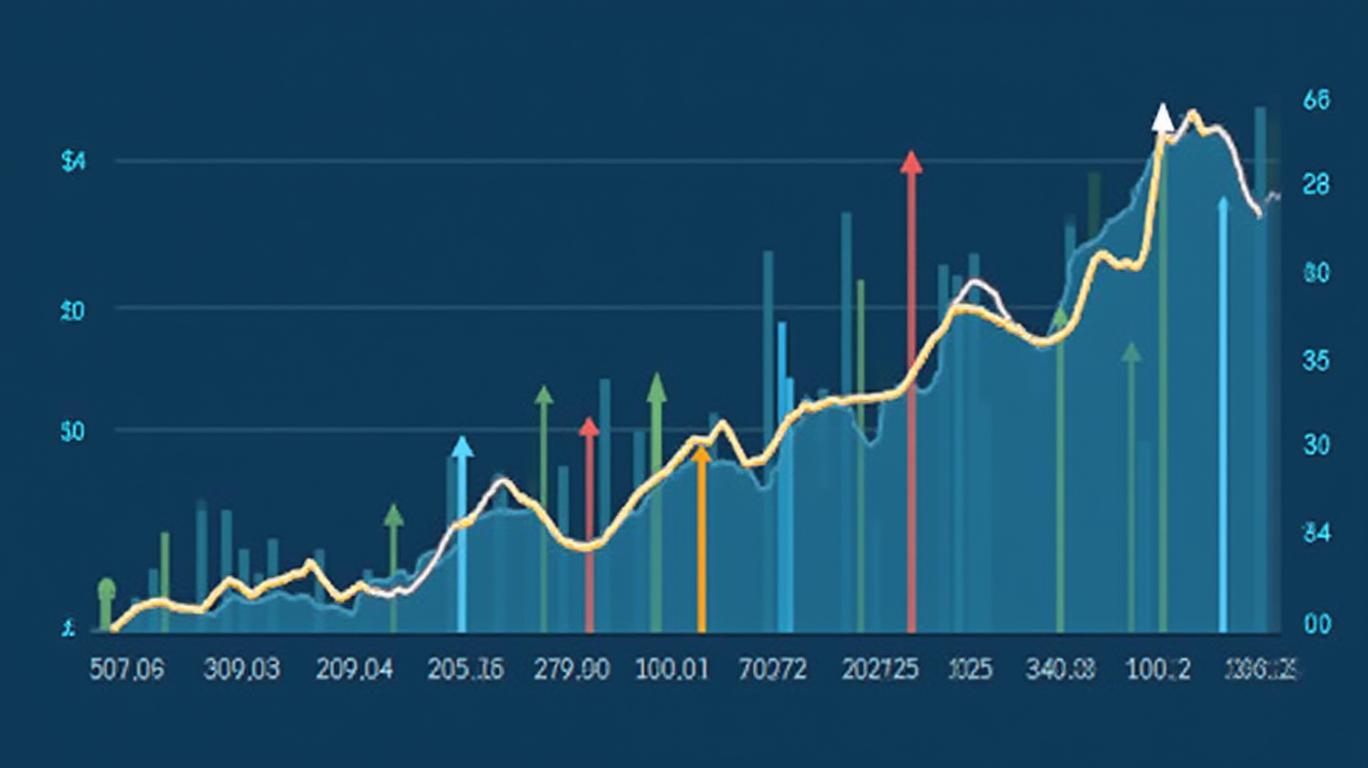Is the Vanguard Dividend Appreciation ETF a Buy Now? A Cramer-Style Deep Dive
Investors seeking steady income and growth in a volatile market are turning to dividend-focused ETFs. But with sector shifts, tariff wars, and geopolitical risks dominating headlines, is the Vanguard Dividend Appreciation ETF (VIG) still a buy? Let’s break it down.

VIG’s Proven Track Record: A Foundation of Consistency
VIG has been a stalwart for decades. Since its 1972 inception, it’s delivered an annualized return of 10.89%, turning $1 into $229.31 over 53 years. Even after adjusting for inflation, it’s grown $1 to $30.11—a testament to its focus on companies with at least 10 years of consecutive dividend increases.
The ETF’s 1-year return of +16.41% as of July 2024 outperformed the broader market, but its real strength lies in its long-term resilience. For example, its worst drawdown (-45.86% in the early 1970s) took 48 months to recover—longer than most investors’ patience—but still recovered fully.
Current Market Conditions: A Dividend ETF’s Double-Edged Sword
VIG’s strategy of prioritizing dividend growth over yield sets it apart from rivals like the Schwab U.S. Dividend Equity ETF (SCHD), which now leans heavily into energy stocks (20.8% of holdings). While energy’s high yields attract income seekers, its volatility and regulatory risks (e.g., tariffs on oil equipment) make it a gamble. VIG, meanwhile, holds 15.2% in financials and 14% in healthcare, sectors that thrive in stable, rate-sensitive environments.
But here’s the catch: tariffs and trade wars are reshaping everything. The April 2025 “Liberation Day” tariffs triggered a $5.4 trillion market drop, pushing investors toward perceived “safe havens.” VIG’s lower volatility (standard deviation of 15.64% vs. SCHD’s 17.2%) and 3.39% perpetual withdrawal rate (PWR) make it a defensive play. Still, its financial-heavy portfolio faces risks if global trade bottlenecks strain bank profits.
Why VIG Could Be a Winner—Or a Dud
The Case FOR VIG:
1. Sector Diversification: Unlike SCHD’s energy bet, VIG’s focus on financials and healthcare gives it flexibility. Banks benefit from rising rates, while healthcare’s steady demand is tariff-proof.
2. Low Cost, High Quality: With a 0.09% expense ratio, it’s one of the cheapest dividend ETFs. Its holdings include stalwarts like Johnson & Johnson and Microsoft, which have raised dividends for decades.
3. Malkiel’s Seal of Approval: Burton Malkiel’s “Lazy Portfolio” allocates up to 16% to VIG for retirees—a vote of confidence in its stability.
The Case AGAINST VIG:
1. Yield Lag: VIG’s 1.84% dividend yield is half that of high-yield rivals like KBWY (8.87%). Income hunters may find it underwhelming.
2. Energy Underexposure: If oil prices surge (e.g., due to Middle East tensions), VIG could lag behind energy-heavy ETFs.
3. Drawdown Risks: Its 20.19% drop in 2022-2023 shows no ETF is immune to market corrections.
The Bottom Line: Buy, But Know the Risks
VIG is a core holding for long-term investors seeking dividend growth and diversification. Its 10.86% 30-year return and consistent recovery from downturns make it a pillar for portfolios. However, income-focused investors should pair it with higher-yielding ETFs like SPDR S&P Dividend ETF (SDY) or Global X SuperDividend U.S. ETF (DIV).
Name |
|---|
| Vanguard Dividend Appreciation ETFVIG |
| SPDR S&P 500 ETF TrustSPY |
| Schwab U.S. Dividend Equity ETFSCHD |
Final Call:
- Buy VIG if: You’re in it for the long haul, prioritize stability, and want exposure to dividend champions.
- Avoid VIG if: You need immediate high income or bet on energy’s resurgence.
In a world of geopolitical chaos and tariff wars, VIG’s conservative growth strategy is a $10.4 billion net inflow winner (as of March 2025). But don’t let its steady nature lull you—monitor financial sector health and global trade tensions. For now, it’s a solid buy, but keep one eye on that energy chart!
Conclusion: The Vanguard Dividend Appreciation ETF (VIG) remains a top-tier choice for investors seeking low-risk, long-term growth. With a 53-year track record of turning $1 into $229.31, it outpaces inflation and outlasts market crashes. Its 1.84% yield may not excite aggressive income hunters, but its 15.2% financials exposure and 10.86% 30-year returns provide a cushion in turbulent times. Just remember: No ETF is perfect. Pair it with high-yield ETFs for balance, and stay vigilant on sector risks. For dividend investors, VIG is still a buy—but know your risks.


_442a2dcc1749832873286.jpeg)
_e68fac6d1749831664430.jpeg)






